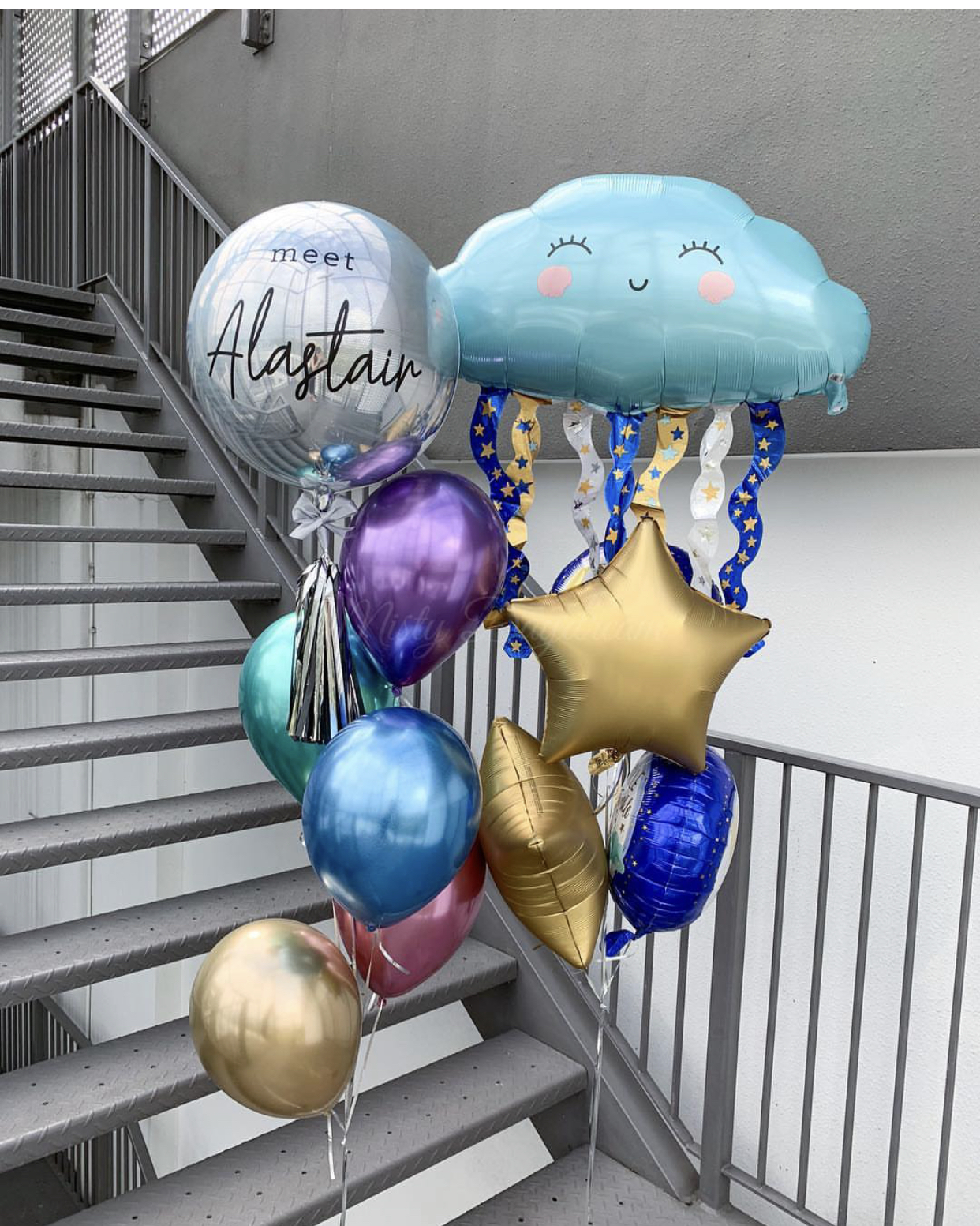Have you ever been to a party store to buy a helium balloon, only to have it fall to the ground and lay there lifeless after you’ve paid for it? If so, you’re not alone. In fact, this is a common problem that many people experience. So, why does it happen? And more importantly, how can you prevent it from happening again?
Why won’t Helium Balloon Float?
The answer is a bit more complicated than that. It turns out that whether or not a helium balloon will float depends on a number of factors, including the temperature and humidity of the room, the type of balloon, and the size of the balloon.
One of the most important factors is the temperature of the room. Helium is a gas, and like all gases, it expands when it is warm and contracts when it’s cold. So, if the room is too cold, the helium inside the balloon will contract and the balloon won’t be able to float.
Another factor is humidity. If the air in the room is too humid, the helium will also have trouble floating. That’s because water molecules are attracted to each other and they’ll stick together, making it harder for the helium to expand and lift the balloon.
The type of balloon also plays a role. Balloons made from latex will absorb moisture from the air, making them heavier and harder to float. Mylar balloons are less likely to absorb moisture, so they’re a better choice for floating purposes.
Finally, the size of the balloon matters. A small balloon has less space for helium molecules to expand into, so it will be harder for it to float than a large balloon.
How to prevent it?
There are actually a few different reasons why your helium balloon may not be floating like it’s supposed to. First of all, make sure that the balloon is properly inflated. If the balloon is under-inflated, it will be more likely to fall to the ground.
Secondly, make sure that the string attached to the balloon is the right length. If the string is too long, the balloon will drag on the ground; if it’s too short, the balloon will be pulled back down by the weight of the string.
Finally, take a look at the materials you’re using to inflate your balloon. Some materials, such as latex or rubber, are not compatible with helium and will cause the balloon to deflate quickly.
There are a number of factors that can affect whether or not a helium balloon will float, including temperature, humidity, type of balloon, and size of balloon. By taking these factors into account, you’ll be sure to have a helium balloon that floats like it’s supposed to and you can ensure that your next helium-filled adventure is a success!





